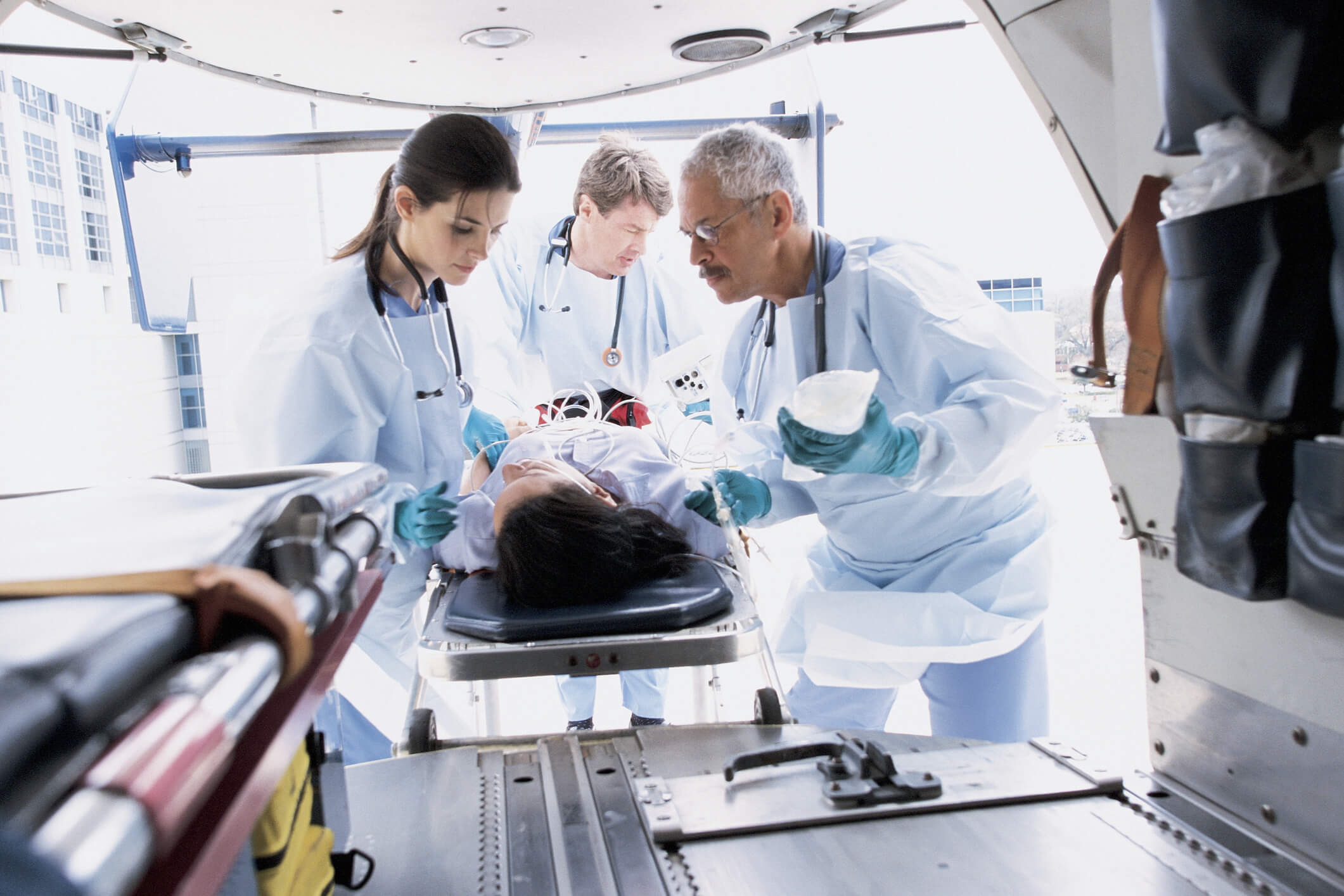Tactical medicine, sometimes called SWAT medicine, is a high-stakes branch of emergency medical services (EMS) that caters to the needs of law enforcement, the military, and other first responders. If your organization serves the general public, then you might think that tactical medical care is well outside of your wheelhouse.























